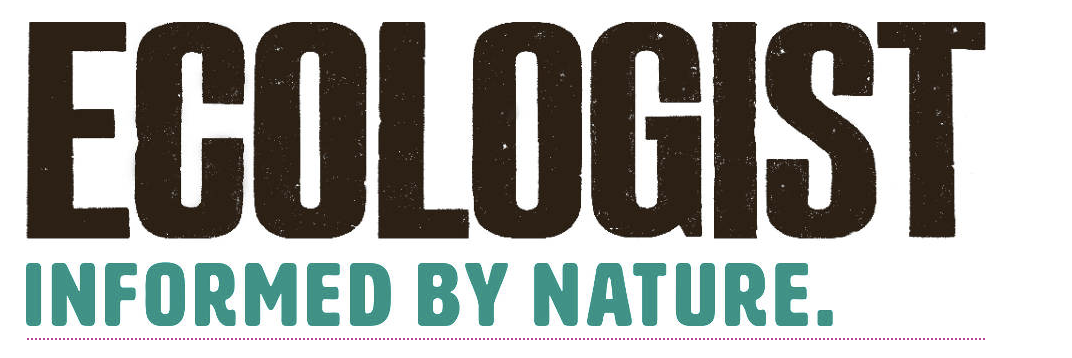The fate of some of Ecuador’s last remaining cloud forests and hundreds of livelihoods rests on the outcome of a trailblazing Rights of Nature case concerning two tiny amphibians.
Published January 11, 2021 by Carlos Zorrilla in The Ecologist.
Two frogs no more than four centimetres in length: they seem so insignificant. But much is riding on them, namely a constitutional court case that could stop mining development in most of Ecuador.
The Long Nose Harlequin Frog, last seen in 1989, was thought extinct until it was rediscovered in the LLurimagua mining concession in 2016. The much rarer Confusing Rocket Frog, last spotted in 1985, was also written off until its rediscovery in the same mining concession in 2019. Both have been enlisted to stop a large-scale copper mining project that has been promoted by eight different Ecuadorian governments.
As important as species extinction and watershed protection are, Intag’s struggle is also about defending collective and human rights.
In years past, community opposition forced a Japanese and a Canadian mining company to abandon the project. Since 2014, Chilean-owned Codelco, the world’s largest copper producer, has funded advanced exploratory activities. The company has the full support of the Ecuadorian government through Enami, Ecuador’s state-owned mining company.
Tactics
This government support enabled the two companies to access the mining site in May of 2014. They did it with the help of nearly 400 members of three different elite police units backed up by the military, and by occupying not only the mining site, but most of the Intag area.
Other tactics of intimidation included incarceration of a local opposition leader, plus an outrageous smear campaign, spearheaded by then president Rafael Correa.
To date, Ecuador’s Constitution is the only one that recognises nature as a holder of rights independent from environmental rights that may benefit humans.
This is a only small sampling of the tactics used to try to neutralize the opposition to mining. And, if it sounds like fodder for a cinematic drama, it’s because it is. Several documentaries have been made on the 25-year long struggle.
The issue, of course, is not only about frogs, although saving species from extinction shouldn’t need further justification. The frogs live in some of the last remaining cloud forest on the western slopes of Ecuador’s Western Andean range. Over 80 percent of these forests have been transformed into pastures, banana, cacao and oil palm plantations, sugar cane fields, and dismembered by illegal logging. Mining now severely threatens what is left.
Most people haven’t heard of cloud forests, yet they are much more biodiverse and more threatened than the better-known Amazonian lowland forests. Worldwide they make up less than 2.5 percent of rainforests, but these forests also protect watersheds that give life to hundreds of rivers and thousands of streams, and provide safe drinking water and livelihoods to hundreds of thousands of Ecuadorians…
See the full article in The Ecologist.

